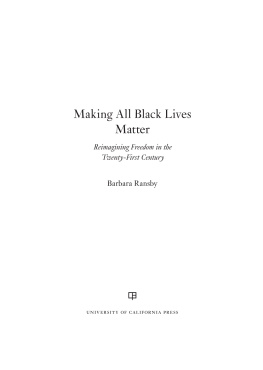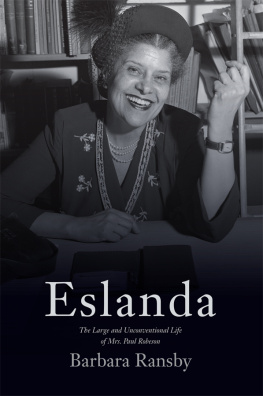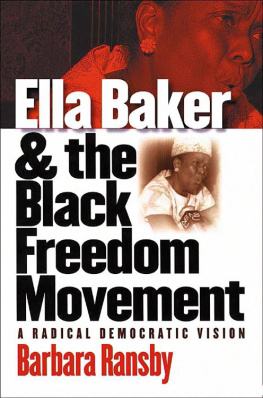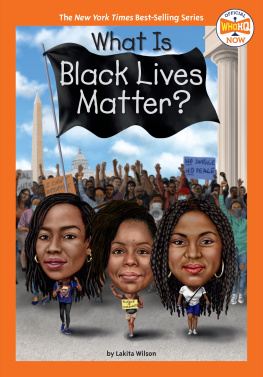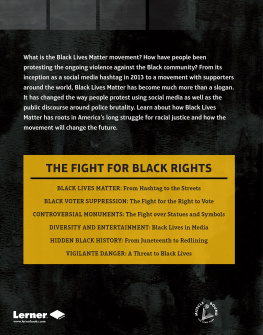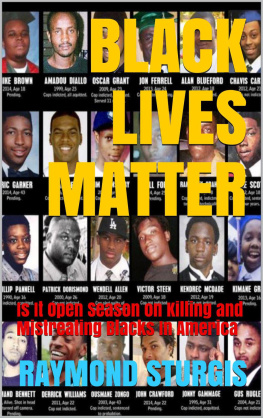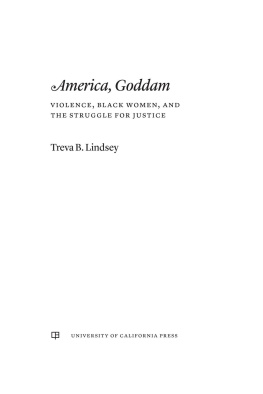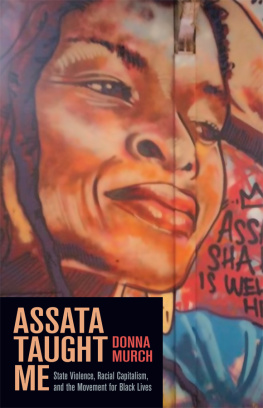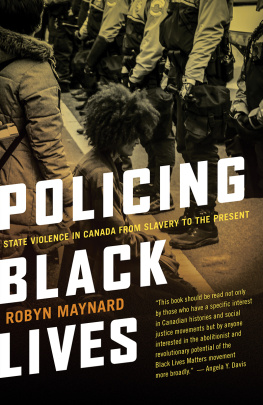The publisher and the University of California Press Foundation gratefully acknowledge the generous support of the George Gund Foundation Imprint in African American Studies.
AMERICAN STUDIES NOW: CRITICAL HISTORIES OF THE PRESENT
Edited by Lisa Duggan and Curtis Marez
Much of the most exciting contemporary work in American Studies refuses the distinction between politics and culture, focusing on historical cultures of power and protest on the one hand, or the political meanings and consequences of cultural practices, on the other. American Studies Now offers concise, accessible, authoritative, e-first books on significant political debates, personalities, and popular cultural phenomena quickly, while such teachable moments are at the forefront of public consciousness.
We Demand: The University and Student Protests, by Roderick A. Ferguson
The Fifty-Year Rebellion: How the U.S. Political Crisis Began in Detroit, by Scott Kurashige
Trans*: A Quick and Quirky Account of Gender Variability, by Jack Halberstam
Boycott! The Academy and Justice for Palestine, by Sunaina Maira
Imagining the Future of Climate Change: World-Making through Science Fiction and Activism, by Shelley Streeby
Making All Black Lives Matter: Reimagining Freedom in the Twenty-First Century, by Barbara Ransby
Making All Black Lives Matter
Reimagining Freedom in the Twenty-First Century
Barbara Ransby

UNIVERSITY OF CALIFORNIA PRESS
University of California Press, one of the most distinguished university presses in the United States, enriches lives around the world by advancing scholarship in the humanities, social sciences, and natural sciences. Its activities are supported by the UC Press Foundation and by philanthropic contributions from individuals and institutions. For more information, visit www.ucpress.edu.
University of California Press
Oakland, California
2018 by Barbara Ransby
Library of Congress Cataloging-in-Publication Data
Names: Ransby, Barbara, author.
Title: Making all Black lives matter : reimagining freedom in the twenty-first century / Barbara Ransby.
Description: Oakland, California : University of California Press, [2018] | Includes bibliographical references.
Identifiers: LCCN 2018008706 (print) | LCCN 2018012421 (ebook) | ISBN 9780520966116 (epub and ePDF) | ISBN 9780520292703 (cloth : alk. paper) | ISBN 9780520292710 (pbk. : alk. paper)
Subjects: LCSH : Black lives matter movement. | Black powerUnited StatesHistory21st century.
Classification: LCC E 185.615 (ebook) | LCC E 185.615 . R 26 2018 (print) | DDC 323.1196/073dc23
LC record available at https://lccn.loc.gov/2018008706
Manufactured in the United States of America
26 25 24 23 22 21 20 19 18
10 9 8 7 6 5 4 3 2 1
When our political activism isnt rooted in a theory about transforming the world, it becomes narrow; when it is focused only on individual actors instead of larger systemic problems, it becomes short-sighted. We do have to deal with the current crisis in the short term. Thats important. We have to have solutions for peoples real-life problems, and we have to allow people to decide what those solutions are. We also have to create a vision thats much bigger than the one we have right now.
Patrisse Khan-Cullors, cofounder
#BlackLivesMatter
CONTENTS
OVERVIEW
The introduction provides a general survey of the Movement for Black Lives (commonly known as the Black Lives Matter Movement), which will be abbreviated throughout the text as BLMM/M4BL. BLMM/M4BL is a far-reaching movement for racial justice and social transformation (201217) that was triggered by vigilante and police violence against Black people in the United States. This chapter also introduces the thesis of the book, which argues that the movement is politically and ideologically grounded in the US-based Black feminist tradition, a tradition that embraces an intersectional analysis while insisting on the interlocking and interconnected nature of different systems of oppression; advocates the importance of womens groupcentered leadership; supports LGBTQIA issues; and seeks to center the most marginalized and vulnerable members of the Black community in terms of the language and priorities of the movement.
#BlackLivesMatter State and Vigilante Violence Black Feminist Intersectional Praxis Anti-Black Racism
This chapter offers short biographical profiles of a handful of BLMM/M4BL leaders and founders and traces the antecedents of the Movement for Black Lives in other feminist-centered and Black radical organizations that have focused on state violence. Key groups and campaigns surveyed include Black HIV/AIDS mobilization of the 1990s; the Black Radical Congress; INCITE! Women of Color against Violence; and the prison abolitionist group Critical Resistance. The election of Barack Obama, the nations first African American president, another precursor to the emergence of BLMM/M4BL, is also explored in this chapter, which argues that BLMM/M4BL represents a rejection of postracialism and the middle-class politics of respectability that surrounded the Obama presidency. Rather, racism for the majority of poor and working-class Black people, despite the election of a Black president, is far from over.
Black Radical Congress Critical Resistance INCITE! Women of Color against Violence Prison-Industrial Complex Barack Obama
The 2012 killing of unarmed Florida teenager Trayvon Martin triggered a series of protests and inspired the formation of a number of groupsnamely, Black Youth Project 100 (BYP100), Million Hoodies, Dream Defenders, and the Black Lives Matter Global Networkthat played prominent roles in BLMM/M4BL as it evolved. This chapter outlines the origins of those groups, as well as the birth of the Free Marissa Now campaign, which demanded the fair treatment of a woman who was jailed despite her claim of self-defense. Her case demonstrated the important feminist principle that women victims of state injustice should be supported and mourned alongside men.
Trayvon Martin Black Lives Matter Global Network BYP100 (Black Youth Project 100) Million Hoodies Movement for Justice Dream Defenders Marissa Alexander
The August 2014 uprising in Ferguson, Missouri, that followed the police murder of eighteen-year-old Michael Brown is often cited as the catalyst for the emergence of a full-blown, Black-led resistance movement. It reverberated around the world and garnered intensive news and social media coverage. This chapter chronicles the Ferguson protests, the conditions that spawned them, and the organizers and activists who led and sustained them, notably young Black women, some of them queer and many of whom found their feminist sensibilities and politics crystallized by the uprising.
Ferguson Uprising Michael Brown Organization for Black Struggle MAU (Millennial Activists United) Movement for Black Lives Lost Voices
The death of Freddie Gray, a twenty-five-year-old Black man in police custody, triggered the second major uprising in less than a years time. This chapter covers the Baltimore protests, key activist organizations, and the significant fact that half of the police officers and many of the local authorities involved were Black. BLMM/M4BL organizers indicted the system in Baltimore as racist, emphasizing the structural nature of the problems that persisted, irrespective of which individuals were carrying out policy. The chapter concludes with a lesser-known Baltimore story, that of Korryn Gaines. Gaines was a young mother killed by police in her own home, whose death also sparked protests and debates about gender and self-defense. Baltimore protesters and Gainess defenders were angry, not only about what occurred in Baltimore but about the cumulative impact of the multiple high-profile police killings of unarmed Black people that had taken place since Michael Browns death in Ferguson. The chapter also explores how writers and activists have talked about the politics of rage and outrage.

